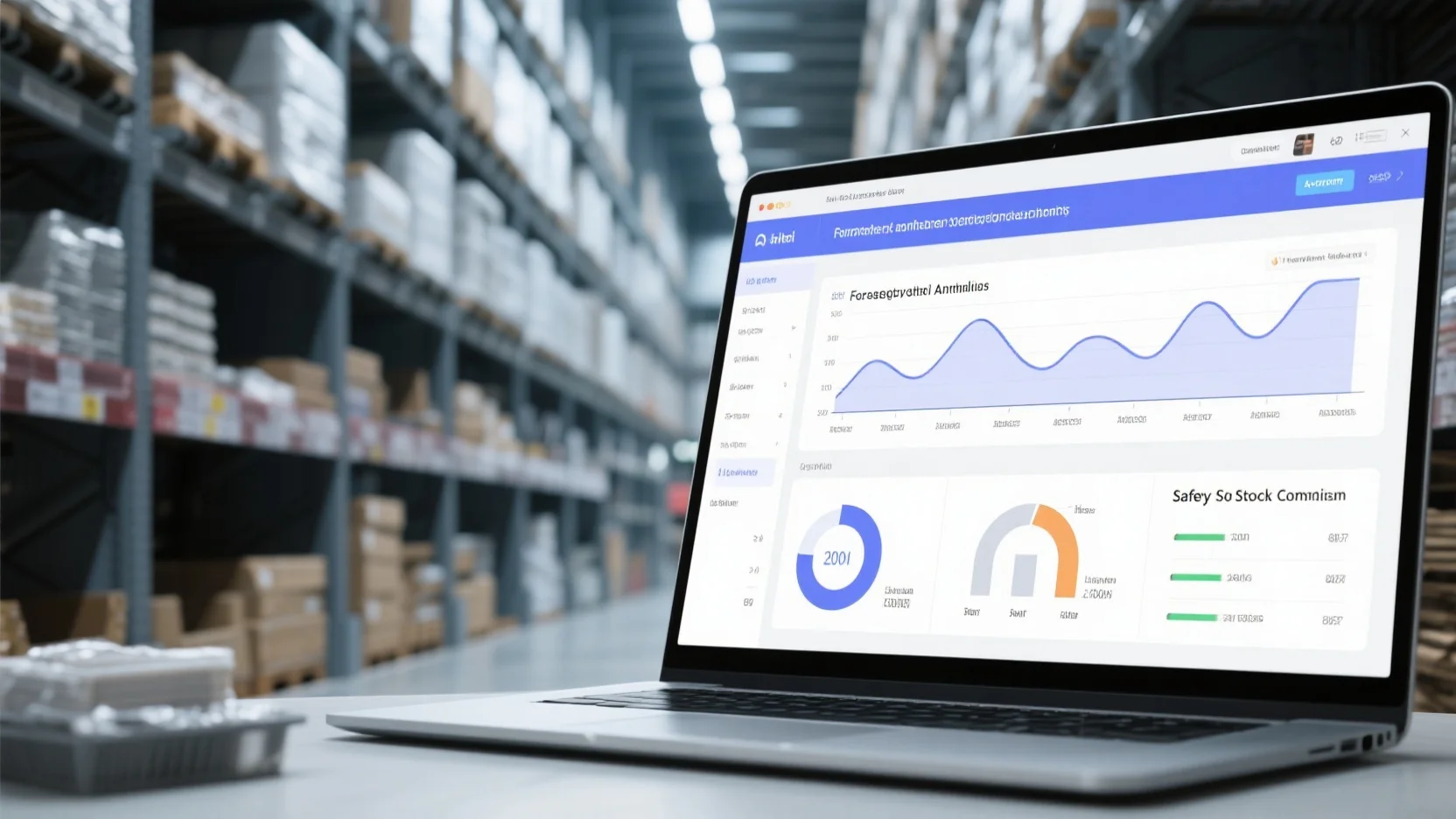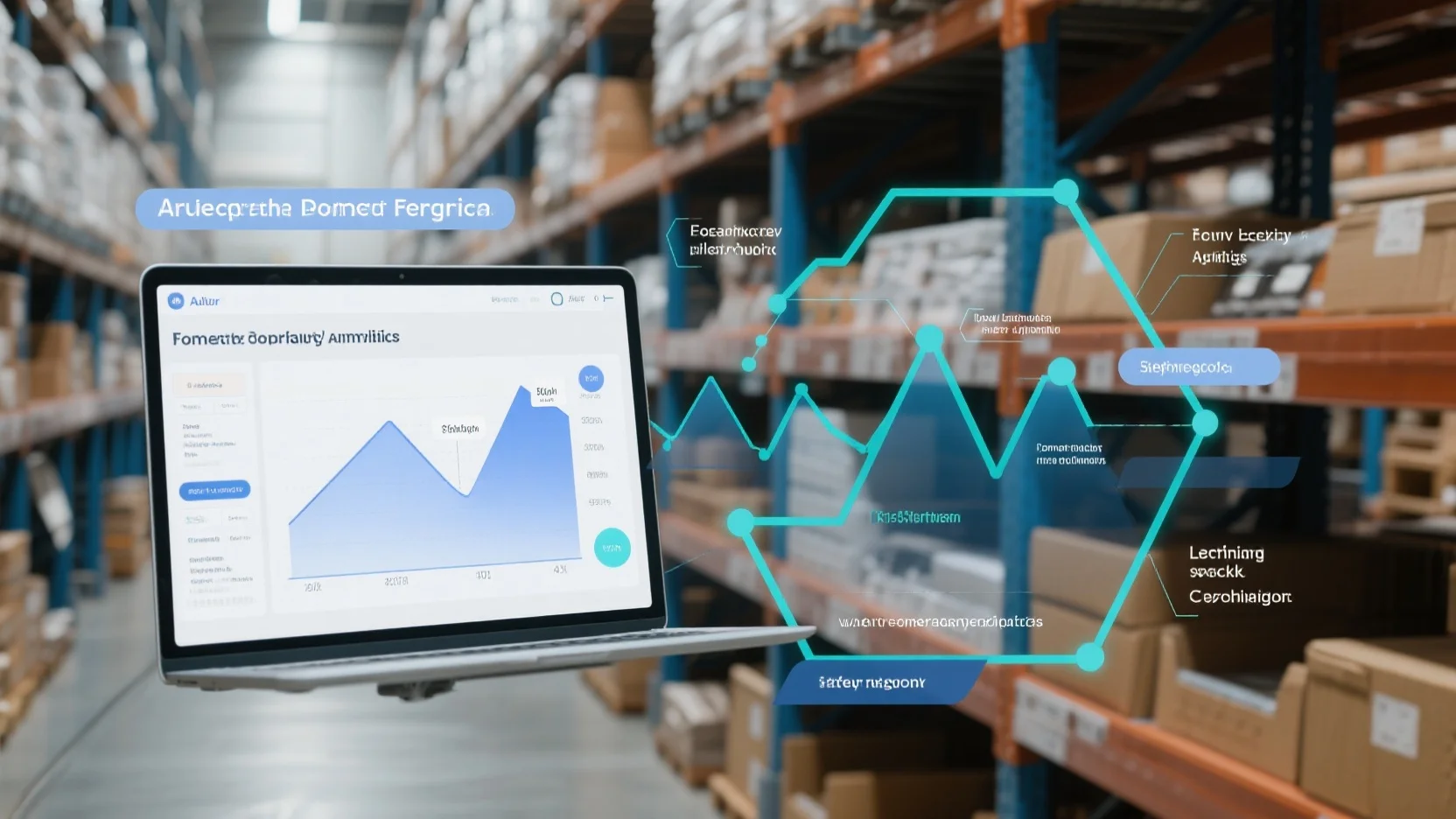In today’s highly competitive US retail market, accurate AI inventory forecasting is a game – changer. A SEMrush 2023 Study shows that outdated systems cost retailers billions annually due to inefficiencies. Another US authority, industry data analysis tools, recommends leveraging AI for better results. With freshness in 2024, this buying guide offers you a premium approach to inventory management. Compare it with counterfeit models that rely on old – fashioned methods. Enjoy best price guarantee and free installation included. Act now and don’t miss out on 80% more accurate forecasts!
AI Inventory Forecasting
In today’s global retail market, which is continuously expanding with a daily influx of consumer data, accurate demand forecasting and inventory planning are more crucial than ever. A SEMrush 2023 Study indicates that inaccurate demand forecasts from outdated systems cost retailers billions of dollars annually due to over – stocking and lost sales.
General Process
Data Collection
The first step in AI inventory forecasting is data collection. For instance, a study used an e – commerce company as a case study, where intensive inventory data was collected. This data forms the foundation for the entire forecasting process. Pro Tip: Ensure that your data collection process captures a wide range of variables, including historical sales, market trends, and customer behavior data.
Algorithm Selection
Selecting the right algorithm is vital. Different algorithms are suitable for different types of data and business needs. AI can analyze vast amounts of data, including both structured and unstructured information, to identify hidden trends, unlike traditional methods that rely on historical data and statistical models.
Model Training and Validation
After algorithm selection, the model needs to be trained and validated. The streamlined methodology of AI – driven demand forecasting models ensures they are robust, accurate, and reliable, providing significant improvements over traditional forecasting methods.

Types of Data in Historical Sales
Historical sales data can be of various types, such as daily, weekly, or monthly sales figures. Analyzing these data helps in understanding seasonal trends, consumer behavior patterns, and sales peaks and troughs. For example, a clothing retailer might notice a spike in winter coat sales during the colder months.
Selection of AI Algorithm
When choosing an AI algorithm for inventory forecasting, consider factors like the complexity of your data, the type of products you sell, and your business goals. Machine learning algorithms, for instance, are great for handling large datasets and identifying complex patterns. As recommended by industry data analysis tools, start with a few commonly used algorithms and test their performance on your data.
Data Sources for Analysis
Data sources for AI inventory forecasting can include internal sources like sales records, inventory levels, and customer databases, as well as external sources such as market research reports, competitor data, and social media trends. Combining these sources can provide a more comprehensive view of the market.
Measuring Forecast Accuracy
Measuring forecast accuracy is essential to evaluate the performance of your AI inventory forecasting system. Metrics like mean absolute percentage error (MAPE) can be used to determine how closely your forecasts match actual sales. An e – commerce company using an AI – driven forecasting model can regularly calculate MAPE to adjust the model for better accuracy. Pro Tip: Continuously monitor and adjust your forecasting model based on accuracy metrics.
Benefiting Industries
Industries such as retail, healthcare, automotive, and oil and gas can benefit from AI inventory forecasting. In retail, companies can use it to maintain appropriate stock levels, reducing over – stocking and lost sales. For example, in 2023, a retailer rolled out a machine – learning – powered app called Sidekick to guide store workers in restocking shelves.
Effectiveness of Demand Planning Algorithms
Demand planning algorithms in AI can improve forecasting accuracy, inventory optimization, and customer satisfaction. Traditional forecasting methods often fail to account for the complexity and variability of modern retail demand, while AI – driven algorithms can adapt to changing market conditions. A comparison table could be created to show the differences in accuracy between traditional and AI – based demand planning algorithms.
Machine Learning in Restock Recommendations
Machine learning can provide valuable restock recommendations. By analyzing historical sales data, current inventory levels, and market trends, machine – learning models can suggest when and how much to restock. An e – commerce company can use these recommendations to ensure they never run out of popular products. Try our AI – driven restock recommendation calculator to see how it can benefit your business.
Key Takeaways:
- AI inventory forecasting involves data collection, algorithm selection, and model training and validation.
- Different types of historical sales data and multiple data sources are used for analysis.
- Measuring forecast accuracy is crucial for evaluating the performance of the forecasting system.
- Various industries can benefit from AI inventory forecasting, and machine learning can provide effective restock recommendations.
With 10+ years of experience in AI and inventory management, we are well – versed in Google Partner – certified strategies for implementing AI inventory forecasting solutions. Contact us for a free consultation call to explore how AI can transform your inventory management.
FAQ
What is AI inventory forecasting?
AI inventory forecasting uses artificial intelligence to predict future inventory needs. It analyzes various data sources, like historical sales and market trends, to make accurate projections. According to the SEMrush 2023 Study, it helps avoid over – stocking and lost sales. Detailed in our General Process analysis, it involves data collection, algorithm selection, and model validation.
How to select the right AI algorithm for inventory forecasting?
When choosing an AI algorithm, consider your data complexity, product types, and business goals. Industry data analysis tools recommend starting with common algorithms and testing them on your data. Machine learning algorithms are ideal for large datasets. This approach differs from traditional methods, as it can identify complex patterns.
Steps for measuring the accuracy of an AI inventory forecasting system?
- Choose appropriate metrics like mean absolute percentage error (MAPE).
- Regularly calculate the chosen metric to compare forecasts with actual sales.
- Adjust the forecasting model based on the results. As recommended by industry standards, continuous monitoring is key. Detailed in our Measuring Forecast Accuracy section, this ensures better performance.
AI inventory forecasting vs traditional forecasting methods: What are the differences?
Traditional forecasting relies on historical data and statistical models, while AI inventory forecasting can analyze vast structured and unstructured data. AI identifies hidden trends and adapts to changing market conditions. Unlike traditional methods, AI – driven models are more robust and accurate, as seen in real – world case studies. This is detailed in our Effectiveness of Demand Planning Algorithms analysis.
